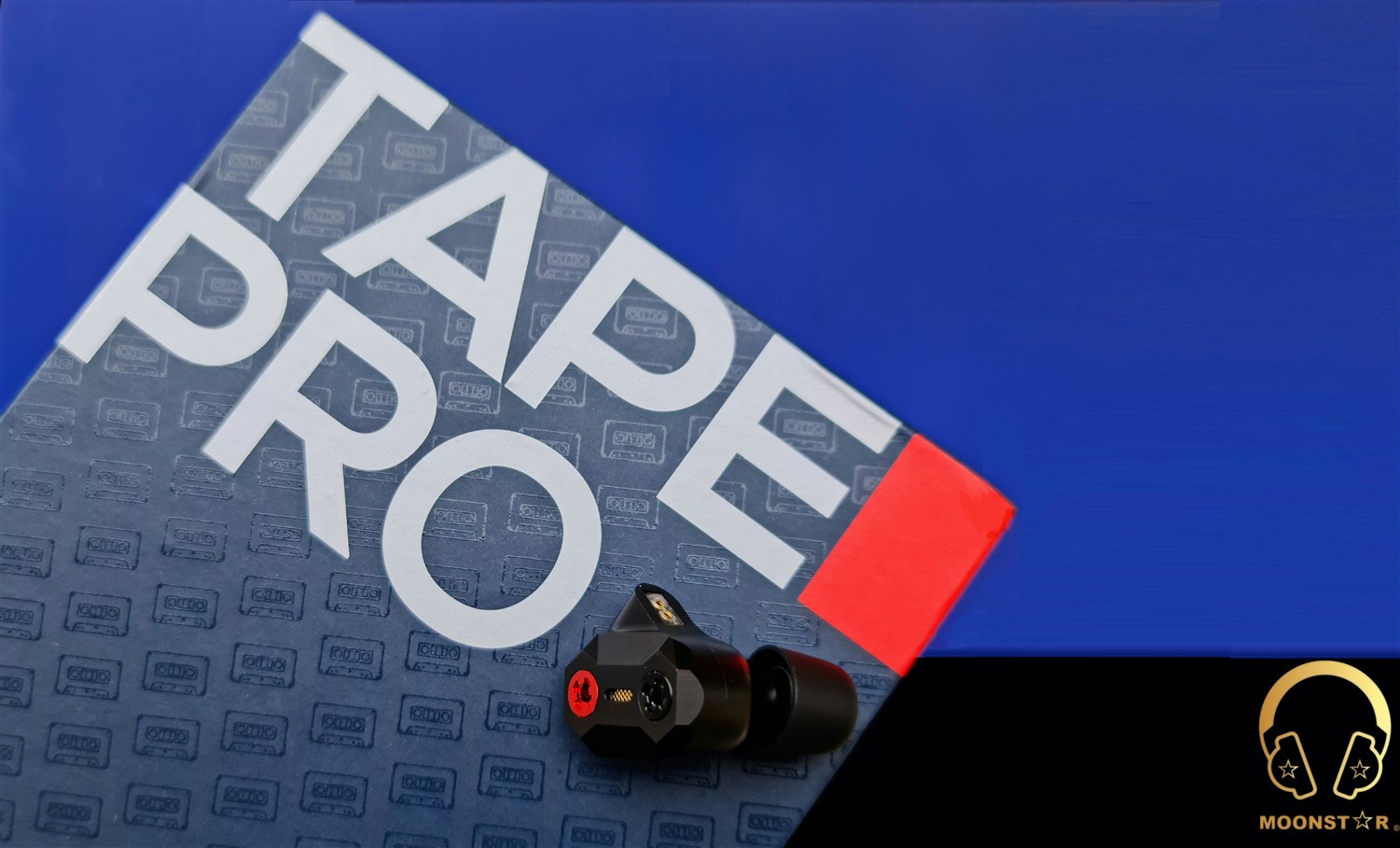Kinera Celest Phoenixcall Review

Kinera Celest Phoenixcall Review
Introduction:
Celest is Kinera’s sister brand that offers In-Ear Monitors in the budget segment that are known with their good price to performance ratio. The Phoenixcall is the latest IEM of the brand that is equipped with a Triple Hybrid Driver configuration, which are a combination of 1xDD + 2xBA’s+ 2x FPD’s (Flat Panel Driver) Drivers.

Phoenixcall in the Chinese mythology:
A hundred birds flock to Phoenixcall was a legendary scene inspired by the ancient Chinese myth “The Legends of Mountains and Seas”. Heaven and earth stood solemnly, day and night interchange, seasons reincarnate. Mountains, rivers, lakes, seas, winds, blizzards, rain and snow, a destined force lurks in the dark, calling for the families of divine birds, appearing out of nowhere together filling the skies, filling with birds singing, flocks and flocks of them throwing themselves into the deep forest, meeting each other, depicting a harmonic grand scene of a hundred of birds flocking back to their southern home.
Disclaimer:
I would like to thank HiFiGO for providing me the Kinera Celest Phoenixcall IEM sample for review purposes. I am not affiliated with HiFiGO or Kinera beyond this review and all these words reflect my true and unaltered opinions about the product.
Price & Availability:
The actual MSRP price for the Kinera Celest Phoenixcall Universal IEM is $129.99. More information’s can be found under the link below;
Package & Accessories:
The Kinera Celest Phoenixcall came inside a beautiful looking box in purple color that reflects the brands attention to the presentation of there product packaging.


This box of the Kinera Celest Phoenixcall is including the following contents/accessories;
- 1 x pair Kinera Celest Phoenixcall In-Ear Monitor
- 1 x Detachable Cable with 0.78mm Diameter 2-Pin Connectors
- 3 x pairs of Celest 221 Vocal Ear Tips (S/M/L)
- 3 x pairs of Celest C-07 Balanced Ear Tips (S/M/L)
- 1 x Zipper Case
- 1 x Celest Phoenixcall Metal Souvenir
- 1 x Print Material
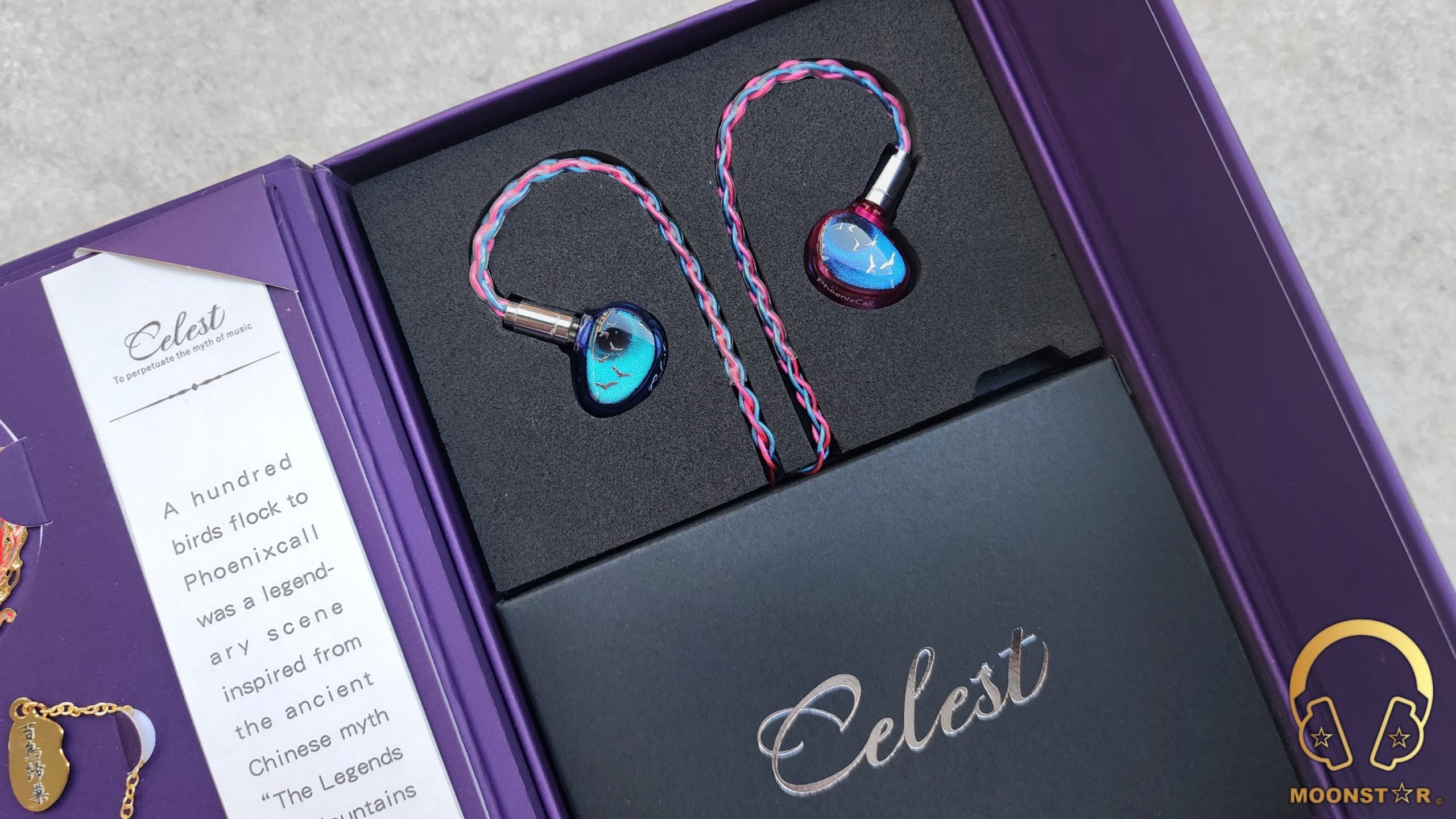

Design & Build Quality:
The Kinera Celest Phoenixcall is an Universal In-Ear Monitor with a gorgeous monitor design that is available in two color options, which are the one with a Transparent shell and the one with a Blue & Purple color combination same like my review unit.

The Celest Phoenixcall has an eye-catching faceplate pattern with flying birds in a blue background that looks very esthetic.

The main body of the monitor is made from 3D printed resin material. My review unit came with a two color option, the left shell has a purple and the right earpiece has a blue tint that looks beautiful.

The Kinera Celest Phoenixcall features a Tripe Hybrid Driver configuration that uses a 7mm diameter Dynamic Driver the lows, a customized Balanced Armature driver for the mids, another customized Balanced Armature Driver for the mid-highs and two 6mm Micro Planar Drivers (Flat Panel Drivers) that are dedicated for the ultra-high frequencies.

The inner surface is equipped with a slightly angled sound nozzle that has four sound bores on the top.


On the top of each monitor shell is the one 0.78mm diameter 2-Pin female connector that offer a pretty tight and secure connection with the male connectors of the detachable cable.

The rear surface of the left earpiece has the Celest and the left has the Phoenixcall branding in white color.

The build quality of the monitor is top notch and meets my expectations from an IEM at this price tag.

Detachable Cable:
The Kinera Celest Phoenixcall comes with an 8core detachable cable made from N5 high purity Silver Plated Copper wires. Each core has a diameter of 1.0mm while each core features 48 strands with a diameter of just 0.06mm.
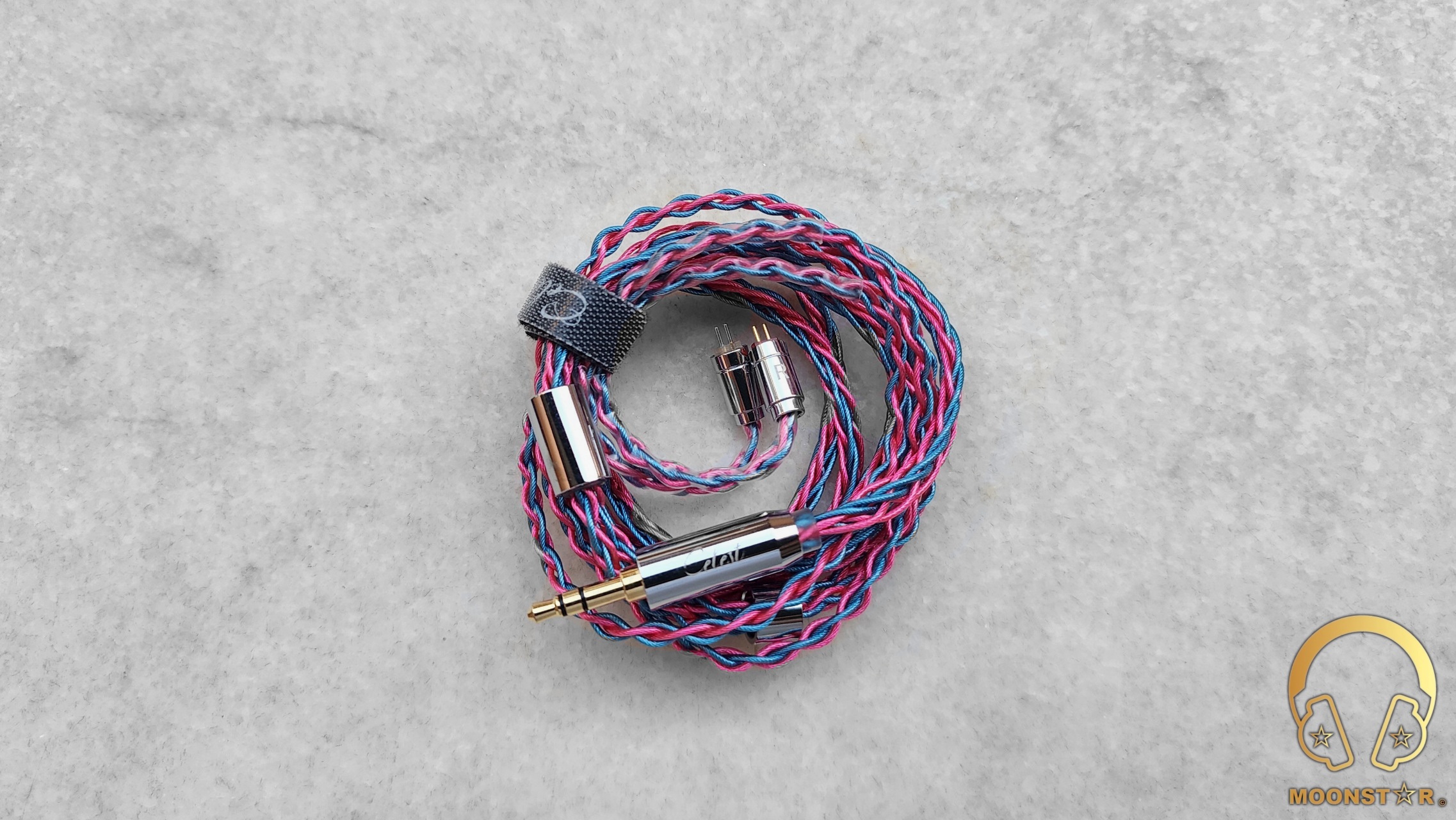
The cable has an esthetic looking braided design that has a soft insulation with a color combination of blue and purple same like the monitors.
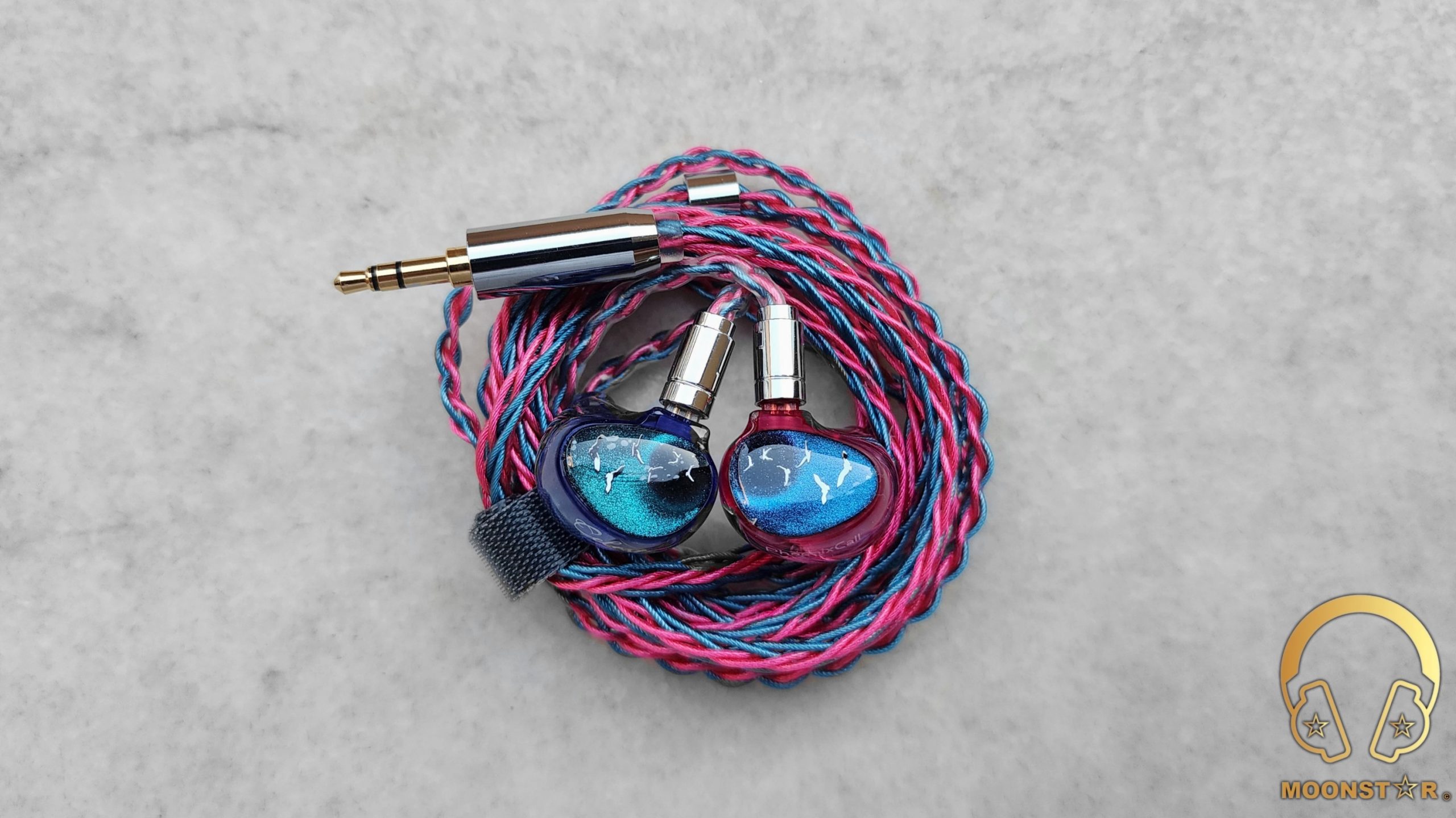
The 0.78mm diameter 2-Pin connectors do have a metal housing with a finish glossy silver finish with Left / Right markings and color indicators (red for right and transparent for left).

The cable sports on both sides flexible ear guides, which offers extra comfort.

The cable is equipped with a metal y-splitter and chin slider.

The cable of the Kinera Celest Phoenixcall is available in two plug options, which are 4.4mm Balanced and the one with a 3.5mm SE (Single Ended) headphone plug same like my review unit. The plug has a strait profiled metal housing with the Celest branding on the top.
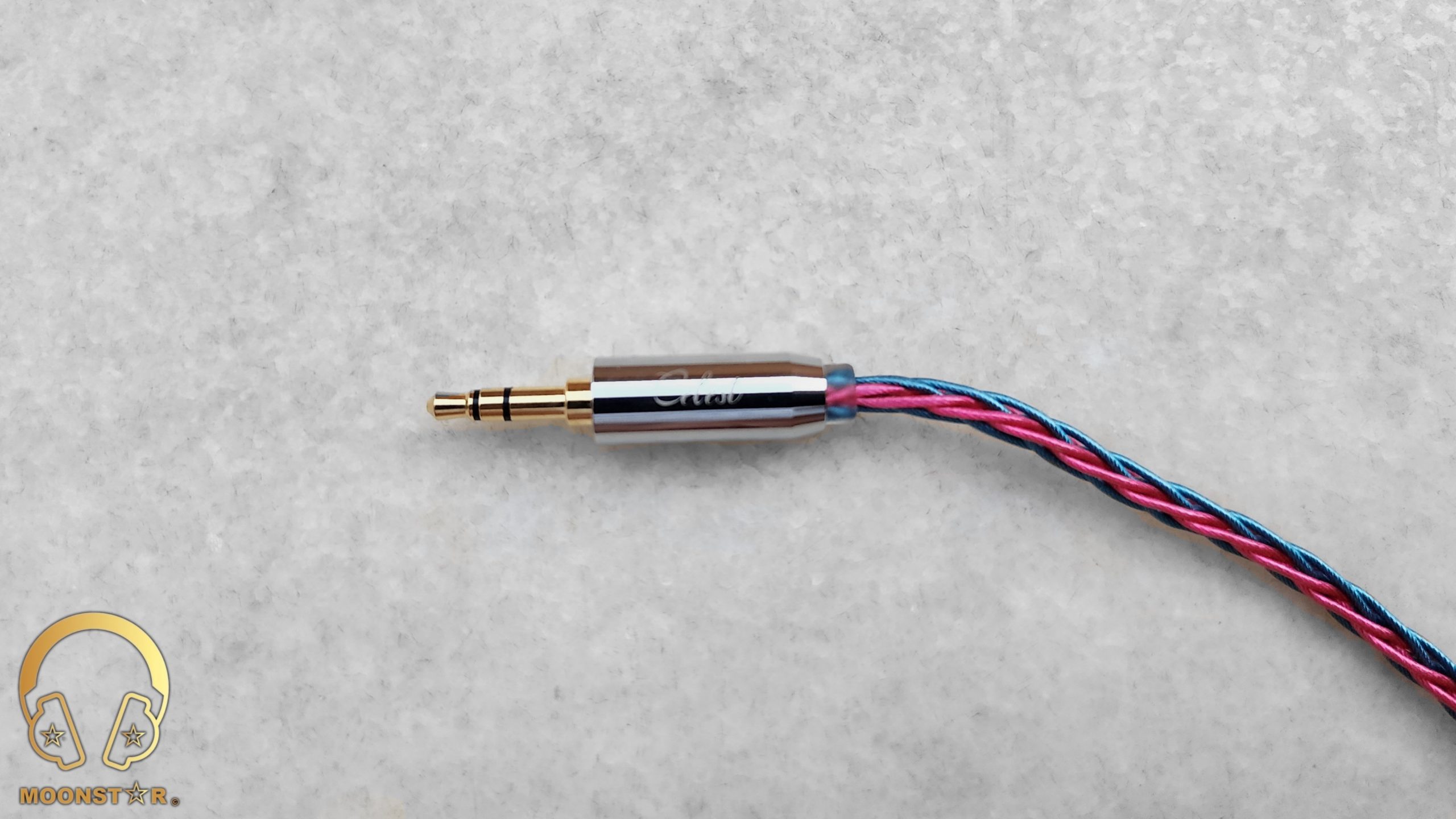
Fit, Comfort & Isolation:
The Kinera Celest Phoenixcall is an In-Ear Monitor with a pretty comfortable shape thanks to its Semi Custom monitor shape that fits nicely in to my ears with a medium sized concha. The passive noise isolation of the Celest Phoenixcall is above average, which is sufficient enough for the use in environments such like a bus, metro or train.
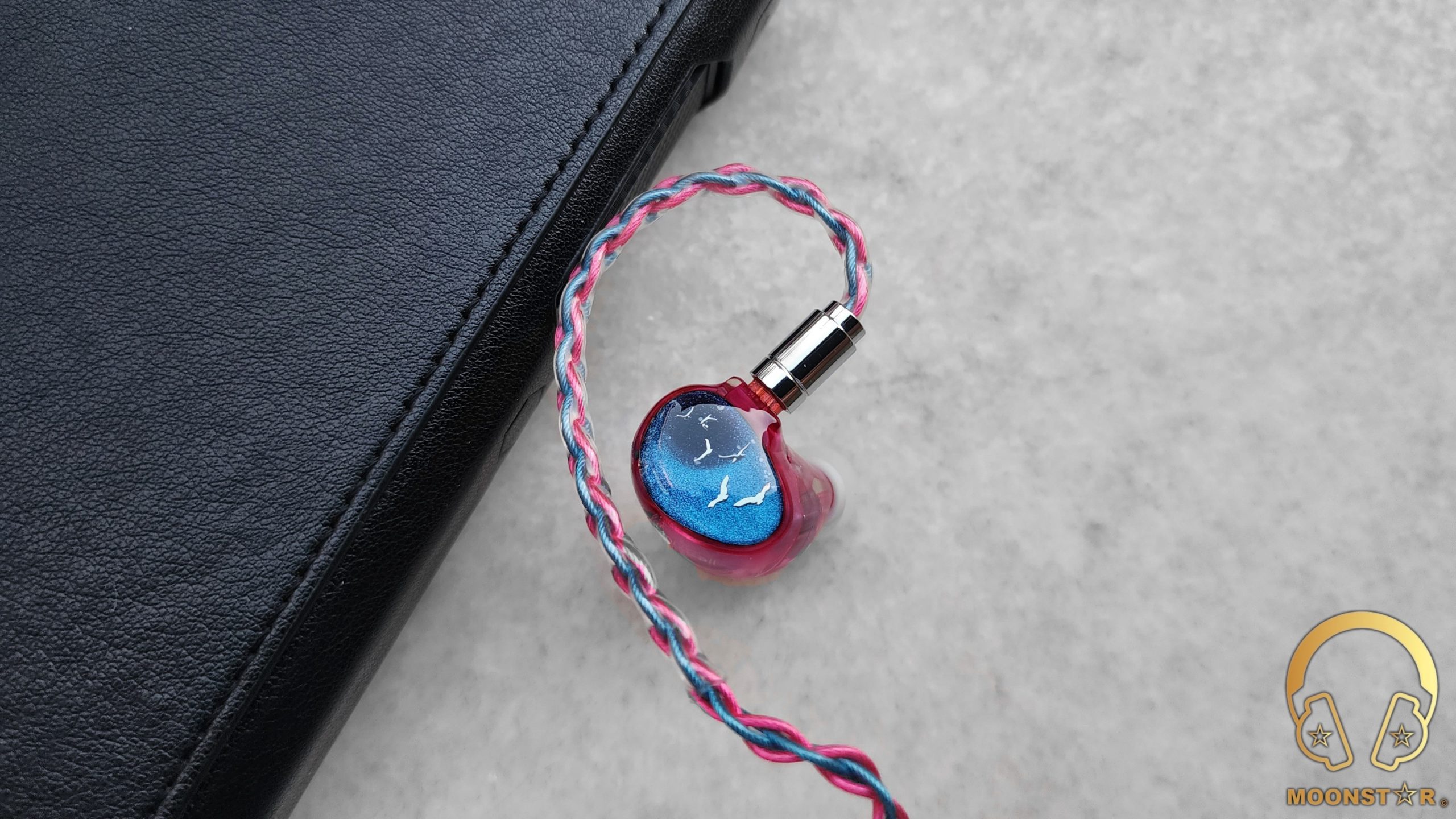
Technical Specifications:
- Model : Celest Phoenixcall
- Driver Type : 1DD+2BA+2 Micro Planar drivers
- Impedance : 32 Ω
- Frequency : 20 Hz – 40 kHz
- Sensitivity : 103dB
- Connector : 0.78mm Diameter 2-Pin
- Cable Length : about 120cm
- Plug : 3.5mm / 4.4mm
Pairing & Drivability:
The Kinera Celest Phoenixcall is a quite easy to drive IEM with an impedance of just 32Ω and a sensitivity of approx 103dB. This makes the Celest Phoenixcall to an ideal IEM for the use with relative weak sources like USB DAC/AMP Adapters or with Smartphone’s and Tablet’s that do suffer from a weak amplification.

Equipment’s used for this review:
- IEM’s : Kinera Celest Phoenixcall
- Sources : FiiO M11 Plus ESS, FiiO KA5
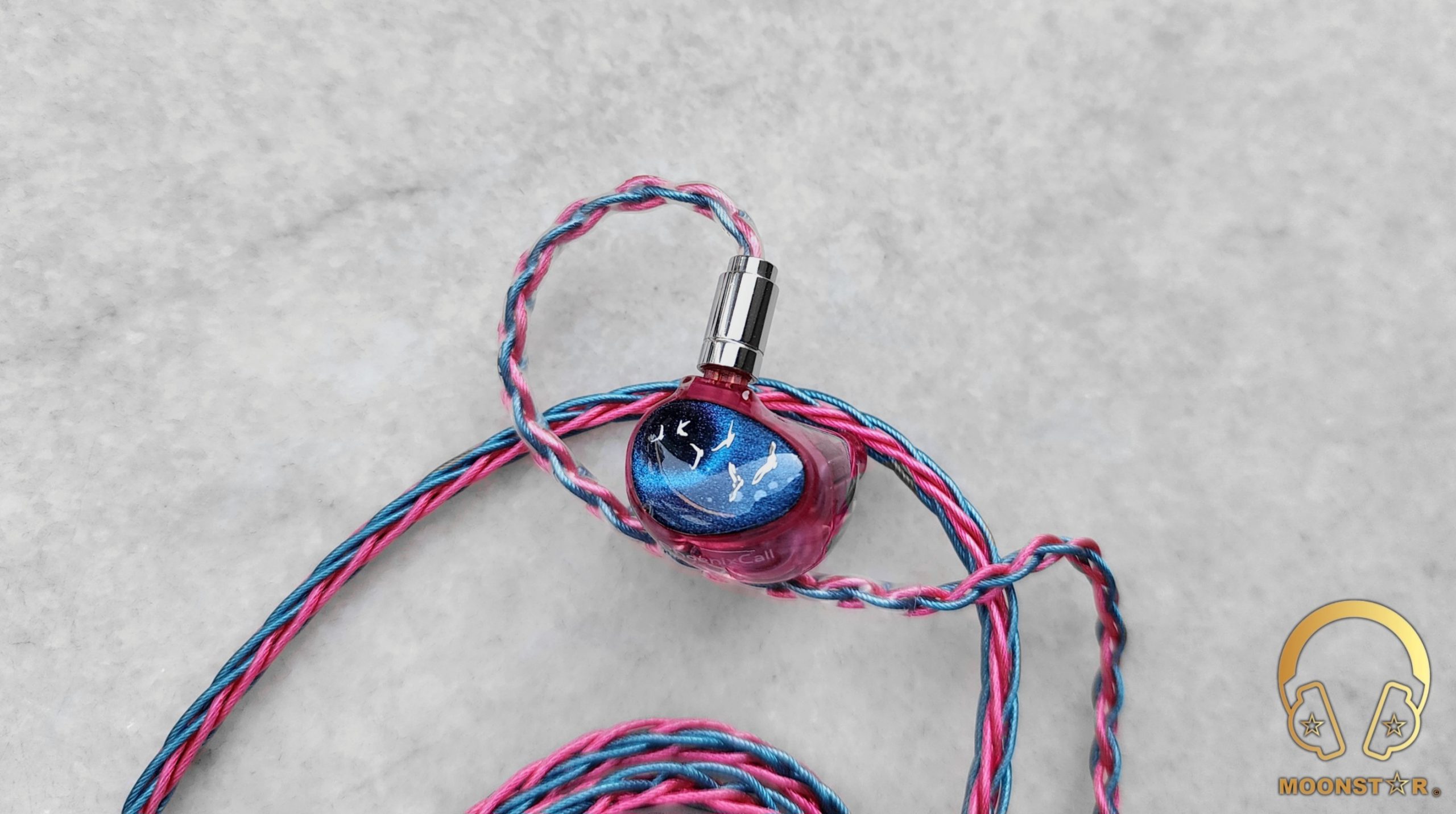
Albums & tracks used for this review:
- Adele – My Little Love (Spotify)
- Randy Crawford – On Day I Will Fly Away (Flac 16bit/44.1kHz)
- Hayley Westenra – Odyssey Album (Dezzer HiFi)
- Dionne Warwick – Walk On By (Flac 16bit/44.1kHz)
- Sarah McLachlan – Angel (Flac 24bit/48kHz)
- Sertap Erener – Aşk (Flac 16bit/44.1kHz)
- Edith Piaf – Non Je Ne Regrette Rien (Flac 16bit/44.1kHz)
- Diana Krall – So Wonderful (DSF)
- Aretha Franklin – I Say A Little Payer (Flac 24bit/96kHz)
- Sonya Yoncheva – (Giuseppe Verdi) II Trovatore, ActI (Flac 24bit/96kHz)
- George Michael – Don’t Let the Sun Go Down on Me (Flac 24bit/192kHz)
- David Bowie – Heroes (Flac 24bit/192kHz)
- Elton John – Rocket Man ((Flac 24bit/96kHz)
- Barry White – Just The Way You Are (Flac 24bit/48kHz)
- Isaac Hayes – Walk On By (Flac 16bit/44.1kHz)
- Sting – Englishman in New York – (Flac 24bit/48kHz)
- Eric Clapton – Wonderful Tonight (Flac 24bit/96kHz)
- B. King – Riding With The King (Tidal Hi-Fi)
- Dave Gahan – Kingdom (Tidal Hi-Fi)
- U2 – Sunday Bloody Sunday (Flac 16bit/44.1kHz)
- Muse – Hysteria (Flac 24bit/96kHz)
- Rush – YYZ (Flac 16bit/44.1kHz)
- Red Hot Chili Peppers – Nobody Weird Like Me (Flac 24bit/48kHz)
- Bro Safari, UFO! – Drama (Deezer HiFi)
- Rok Nardin – Berserks (Spotify)
- Bear McCreary – Valkyries “God of War OST” (Deezer HiFi)
- Armin Van Buuren – Vini Vici (Flac 16bit/44.1kHz)
- Daft Punk – Doin’ it Right (Flac 24bit/96kHz)
- Jo Blankenburg – Meraki (Spotify)
- Lorde – Royals (Flac 24bit/48kHz)
- Massive Attack – Angel (Flac 24bit/48kHz)
- Gogo Penguin – Raven (Flac 24bit/192kHz)
- Gogo Penguin – Murmuration (Flac 24bit/192kHz)
- Alboran Trio’s – Cinque Lunghissimi Minuti (Flac 16bit/44.1kHz)
- Portishead – It Could Be Sweet (Spotify)
- Max Richter – On the Nature of Daylight (Flac 24bit/96kHz)
- Charly Antolini – Duwadjuwandadu (Flac 24bit/192kHz)
- Ferit Odman – Look, Stop & Listen (Flac 24bit/192kHz)
- Chopin – Nocturn No. 20 In C-Sharp Minor (Flac 16bit/44.1kHz)
- Fazıl Say – Nazım Oratoryosu (Live) (Flac 16bit/44.1kHz)
- Vivaldi – Le QuarttroStagioni “The Four Season” (Deezer HiFi)
- Otto Liebert& Luna Negra – The River (Flac 24bit/192kHz)
- Lunatic Soul – The Passage (Flac 16bit/44.1kHz)
- Deftones – My Own Summer (Shove it) (Flac 16bit/44.1kHz)
- Metallica – Sad but True (Flac 24bit/96kHz)
- Opeth – Windowpane (Flac 16bit/44.1kHz)
- Megadeth – Sweating Bullets (Tidal Hi-Fi)
- Rush’s – Leave That Thing Alone (Flac 16bit/44.1kHz)
- Slayer – Angel of Death (Spotify)
- Liquid Tension Experiment 2 – Acid Rain (Spotify)
- Yosi Horikawa – Bubbles (Spotify)

The Sound:
The Kinera Celest Phoenixcall is equipped with a Triple Hybrid Driver configuration that is able to produce a bass with a good grade of body and authority. The midrange on the other hand is shown with a decent sense of transparency and macro detailed retrieval, while the treble area offers a good amount of brilliance and a nice sense of smoothness, which makes it ideal for longer listening periods.
This review has been written after a burn-in period of about 60 hours. I have used the Celest C-07 Balanced Ear Tips and the stock cable that are included inside the package.

Bass / Midrange / Treble / Soundstage:
The Kinera Celest Phoenixcall offers a bass tuning that has a pretty fast response and good level of authority. The subbass shows in general a good level of depth and extension, while it has a soft tonality. The depth, authority and rumble in songs like Rok Nardin’s „Berserks”, Bear McCreary’s “Valkyries” or Lorde’s “Royals” is pretty good for an IEM at this price level.
The midbass region of the Celest Phoenixcall is slightly less highlighted and stands out with its speed and control thanks to the pretty capable 7mm diameter Dynamic Driver. Instruments like trumpets or cross drums are pronounced, while bass guitars are slightly warmish and bold in tonality. The midbass region is reproduced in a fairly impactful manner, while it is nicely separated from the midrange.

The midrange of the Kinera Celest Phoenixcall shows a tad warmer than neutral tonality and offers a good sense of transparency and resolution. The lower midrange is produced with an adequate level of depth and warmness when I have listen to strings like acoustic guitars and violas. Male vocals on the other hand are shown with a nice grade of depth and fullness without to have negative conditions like an unwanted veiling. However, some instruments do sound a bit distant and lack body and fullness for my personal taste.
The Celest Phoenixcall has a quite audible but well controlled peak in the upper midrange that helps to create a lively presentation with efficient grade of presence and brightness while listen to instruments and vocals, especially to female voices. Female vocals do sound slightly more present and detailed compared to male voices.

The treble range of the Kinera Celest Phoenixcall is one of the main highlights when it comes to resolution, texture and extension. The lower range has more presence, offers more information and shows a higher level of extension compared to the upper treble that starts to roll of smoothly after the 5-6 kHz region that was also visible on some graphics.
The hits of instruments like cymbals in rock and metal music are pretty distinct, countable and are reproduced with a good level of authority and extension. The treble range of the Celest Phoenixcall doesn’t show any remarkable mixings when instruments like the piano accelerates, since the presentation still pretty clear and distinct.

The Kinera Celest Phoenixcall shows good soundstage expansion with a quite precise placement and separation of instrument & vocal placement. The soundstage performance of the Celest Phoenixcall is pretty good in terms of depth, while the wideness is on a moderate level. The Celest Phoenixcall shows a good amount of neutral air between the instruments, which is a remarkable plus point.
Conclusion:
The Kinera Celest Phoenixcall is one of the best looking IEM’s below the $150 that I have reviewed. The design of the monitors, the excellent built quality and the very exciting unboxing experience making the Celest Phoenixcall to an solid product at this price tag. When it comes to the sound performance, I can easily say that the Triple Hybrid Driver implementation of the Celest Phoenixcall offers a smooth and fatigue free listening experience and a good level of resolution across the sound spectrum that I have enjoyed with a wide variety of genres.
Pros & Cons:
- + General Resolution for its price tag
- + Transparency and Macro detail of the Midrange
- + Smooth & Controlled Treble Tuning
- + Quick and Puncy Bass Reponse
- + Beautiful Faceplate Design
- + Very Exciting Unboxing Experience
- – Roll-Off and Limited Extension of the Upper Treble area
- – Instruments and Vocals do sound a bit distant for my taste
- – Carry case is a bit small
Thank you for the Read!



